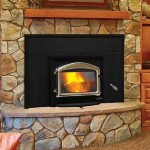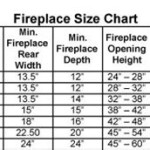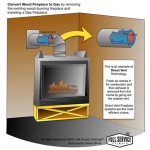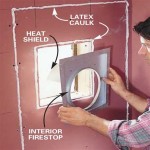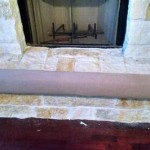Fireplace or Wood Burning Stove: Choosing the Right Heating Option for Your Home
Adding warmth and ambiance to a home, fireplaces and wood-burning stoves are popular choices for heating and creating a cozy atmosphere. While both offer the allure of a crackling fire, there are distinct differences between them that should be considered when making a decision. This article explores the key factors to consider when choosing between a fireplace and a wood-burning stove, allowing homeowners to make an informed decision based on their individual needs and preferences.
Fireplace: A Traditional Choice
Fireplaces are a classic element of home design, often serving as a focal point in living rooms and other areas. They come in various styles, from traditional brick fireplaces to modern, sleek designs. Fireplaces typically feature a large opening, allowing for a more dramatic visual display of the fire.
While captivating to watch, fireplaces are generally less efficient than wood-burning stoves. They can lose a significant amount of heat up the chimney, resulting in lower heating output. Furthermore, fireplaces are often less controllable in terms of temperature regulation. It can be challenging to maintain a consistent heat level, making them less ideal for primary heating purposes.
Wood Burning Stove: Efficient and Controlled Heating
Wood-burning stoves are designed for optimal heating efficiency. They have a smaller opening and a tighter seal, minimizing heat loss up the chimney. This allows for greater heat output and improved energy efficiency, making them a more practical choice for primary heating.
A key advantage of wood-burning stoves is their ability to generate a significant amount of heat. Some models can heat multiple rooms, making them a suitable source of warmth, especially in colder climates. Wood-burning stoves also offer greater control over temperature regulation. With adjustable air vents, homeowners can fine-tune the heat output to maintain a comfortable indoor temperature.
Choosing the Right Option
Choosing between a fireplace and a wood-burning stove depends on individual needs and priorities. Here are some key factors to consider:
Heating Needs
If primary heating is a priority, a wood-burning stove is generally the more efficient choice. It can provide a significant amount of heat and maintain a comfortable indoor temperature. For those seeking a supplementary source of heat or a purely aesthetic element, a fireplace might be sufficient.
Budget
Fireplaces can be more expensive to install, especially if building a custom-designed unit. Wood-burning stoves offer a range of options, allowing for a more budget-friendly approach. However, both fireplaces and wood-burning stoves require ongoing fuel costs.
Space Availability
Fireplaces often require a larger space due to their expansive design and need for a chimney. Wood-burning stoves are generally smaller and more compact, making them an option for smaller rooms or homes.
Aesthetic Preferences
The choice between a fireplace and a wood-burning stove ultimately comes down to personal preference. Traditionalists may favor the classic ambiance of a fireplace, while those seeking a modern and practical heating solution might opt for a wood-burning stove.

Freestanding Wood Burning Stoves Sierra Hearth And Home

Wood Burning Stoves In Milton Keynes Inspirations

How To Heat Your House With Just A Wood Burning Stove Chesneys

Wood Stoves Vs Fireplaces Burning Hearth S

Stoves Wood Gas Pellet Lopi

Fireplace Vs Stoves Pros Cons Dc Service

Sheraton 5 Wood Multi Fuel Log Burners

Wood Burning Stoves In Woodland Park Co New Stove

Wood Burning Stove We Love Fire

Osburn 1700 Wood Stove Burning Freestanding Rockford Chimney
Related Posts


